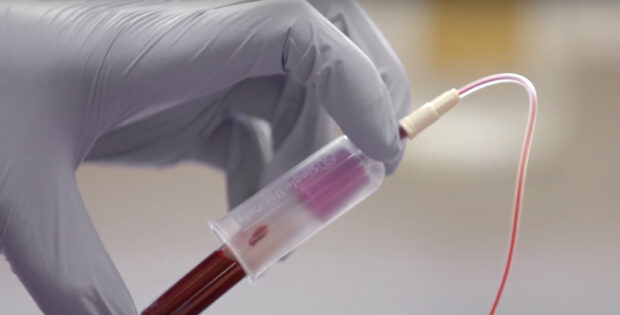Cancer Screening by the PCP: Advanced Practice Provider or Physician?

Screening saves lives. The first conversation most people will have around screening is with a Primary Care Provider (PCP). Now, when you read or hear the words PCP do you think of a physician or another form of provider? You’re not alone; Did you know…
Advanced Practice Providers: A key to improving cancer screening in the U.S
There are approximately 310,000 Primary Care (Family and Internal Medicine) Physicians in the U.S. with approximately 300,000 Advanced Practice Providers (APP), including both Nurse Practitioners (NP) and Physician Assistants (PA) practicing in primary care.1,2 That’s right, APPs make up half of the Primary Care workforce.
Advanced Practice Providers are filling the gap in care
A question always arises about the scope of practice for APPs. Are they the ones responsible for evaluating the patient and ordering their preventative cancer screenings? The short answer is yes, both physicians and advanced practice providers are responsible for the management of preventative health screenings despite the fact that scope of practice varies state-by-state, from restricted to full practice authority.8
Why are Advanced Practice Providers Important to Cancer Screening in the U.S?
The U.S target goal, set forth by the Center for Disease Control (CDC), is 80% for CRC screening.5,6 While disparities are noted in every community, I’d like to bring awareness to the existing disparities for patients who are part of an underserved and vulnerable population, whether that be based on physical location or ethnic status. Compared to urban areas, residents living in rural communities tend to have a higher incidence and mortality from CRC, where an increased number of racial and ethnic minorities tend to be inequitably medically underserved.7 Identified barriers to preventative cancer screening include lack of awareness & lack of doctor’s order.3
A study looking at primary care work force changes, from 2010-2017, found APP presence increased in rural areas compared to physician presence.4 The National Nurse Practitioner Sample Survey conducted in 2019 found ~12% of NPs were working in rural areas, serving communities of less than 10,000 residents, with another ~20% of NPs serving communities with a population size ranging from 10,000-50,000 residents, some of which are also consider rural.9 The Association of American Medical Colleges (AMCC) published a report, Complexities of Physician Supply and Demand: 2018-2034, predicting a primary care physician shortage of between 17,800 and 48,000 physicians by 2034, but noted rapid growth in the supply of APPs will bridge the gap.10 In clinical practice, ~54% of APPs see uninsured patients, ~82% see Medicaid patients, and ~83% see Medicare patients.1
Successful screening should start with primary care.
With one of the most common reasons for lack of CRC screening among patients being a lack of provider recommendation, there is a need for consideration on how we become inclusive when addressing the primary care workforce and educating providers.11 I urge that we address the PCP to comprehensively include both APPs and primary care physicians, ensuring there is dedicated education and content that uniquely meets their needs. In referring to the PCP, we are referring to the primary care provider, not just physician, providing these crucial preventative services to patients.


